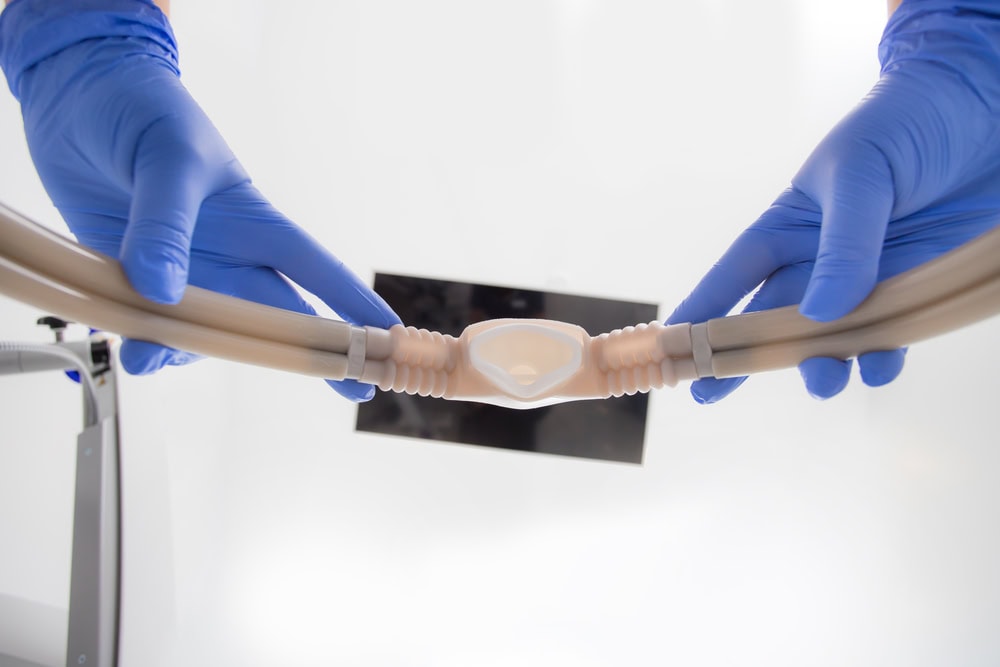As individuals undergo the common dental procedure of wisdom teeth removal, a myriad of post-operative symptoms may emerge, often catching patients off guard. From persistent pain and discomfort to unexpected swelling and bruising, the aftermath of this extraction can present a range of challenges. Moreover, issues such as bleeding, limited jaw movement, and even changes in taste and breath quality can accompany the recovery process.
However, these are just the tip of the iceberg when it comes to the potential aftermath of wisdom teeth removal.
Pain and Discomfort
Experiencing pain and discomfort is common after wisdom teeth removal surgery. Patients may encounter challenges such as a dry socket, where the blood clot that should form in the extraction site becomes dislodged, resulting in severe pain. To alleviate discomfort, patients are advised to use ice packs on the outside of the face and take prescribed pain medications as directed by their oral surgeon. It is crucial to follow post-operative care instructions diligently to promote healing and minimize the risk of complications.
During the recovery time after wisdom tooth removal, individuals should be cautious about excessive bleeding, which can indicate a problem. If bleeding persists, patients should contact their oral surgeon immediately for guidance. The healing process varies from person to person, but proper care, including maintaining good oral hygiene and attending follow-up appointments, can aid in a smoother recovery. By actively managing pain and discomfort with the appropriate measures, patients can navigate the postoperative period with greater ease and comfort.
Swelling and Bruising
Swelling and bruising are common side effects that patients may experience following wisdom teeth removal surgery. These symptoms are a natural part of the body’s healing process after undergoing oral surgery. Swelling typically peaks within the first 48 hours post-procedure and gradually subsides over the following days. Applying ice packs to the affected area can help reduce swelling and alleviate discomfort. Bruising may also occur, appearing as discoloured patches on the face or neck. While swelling and bruising can be concerning, they are normal responses to the trauma of the dental procedure.
During the recovery process, patients may experience pain, discomfort, and inflammation, along with swelling and bruising. It is essential to follow post-operative care instructions provided by the oral surgeon to manage these symptoms effectively. Maintaining good oral hygiene practices and attending follow-up appointments can aid in monitoring the healing progress and addressing any concerns that may arise. Remember, each individual’s recovery journey may vary, but diligent care and patience are key to a successful outcome post-wisdom teeth removal.
Bleeding and Clotting
After wisdom teeth removal surgery, managing bleeding and clotting is a crucial aspect of post-operative care to promote proper healing. Once the teeth are extracted, a blood clot forms in the socket to protect the bone and nerves underneath. It is essential to allow this clot to form and remain undisturbed to prevent complications such as dry socket, a painful condition where the clot becomes dislodged. If bleeding persists after the surgery, gently biting on a gauze pad can help control it. However, excessive bleeding beyond the first day may indicate a problem and should be addressed promptly to reduce the risk of infection.
While some bleeding is normal after the procedure, if the bleeding stops and you notice a bad taste in your mouth, it could be a sign of infection. Additionally, a bitter or weird taste, along with white discharge near the extraction site, may indicate infection. To promote healing and prevent infection, it is crucial to follow post-operative care instructions carefully and avoid disturbing the clot or nearby teeth and blood vessels.
Limited Jaw Movement
Following wisdom teeth removal surgery, patients may experience limited jaw movement, which can impact their ability to eat, speak, and perform daily activities comfortably. This limitation often stems from inflammation in the jaw joints, known as temporomandibular joints, due to the surgical procedure. To alleviate this issue, dentists may recommend muscle relaxants to reduce muscle tension in the jaw area. Additionally, heat therapy can help relax the muscles and improve jaw movement.
In more severe cases of limited jaw movement, dentists may suggest using jaw-opening devices to gradually increase jaw mobility. However, if left untreated, this condition can lead to long-term complications such as restricted jaw movement or even nerve damage. Nerves like the alveolar nerve, responsible for sensation in the lower jaw and teeth, or the lingual nerve, affecting the tongue and mouth’s sensory function, may be at risk. Therefore, it is crucial to address limited jaw movement promptly to prevent further complications and ensure a swift recovery.
Numbness and Tingling
Experiencing numbness and tingling sensations in the jaw and surrounding areas can be a common occurrence after wisdom teeth removal surgery. These sensations, known as paresthesia, may arise due to nerve injury during oral surgery. While most cases of numbness and tingling are temporary and resolve on their own as the nerves heal, in some instances, complications may occur, leading to prolonged altered sensation.
Nerve injury during wisdom teeth removal can result from various factors, including the proximity of the tooth’s roots to the nerves, the complexity of the extraction, or the type of anesthesia used. Patients are advised to report any persistent numbness or tingling to their dental care provider to monitor the situation closely.
To minimize the risk of nerve injury and subsequent numbness and tingling, it is crucial for oral surgeons to exercise precision and caution during the extraction process. By prioritizing nerve preservation and employing appropriate techniques, the incidence of postoperative sensory disturbances can be reduced, ensuring a smoother recovery for patients undergoing wisdom teeth removal.
Bad Breath and Taste Changes
Persistent bad breath and taste changes can be common occurrences following wisdom teeth removal surgery. These symptoms are often temporary and can be managed with proper oral care. Bad breath, also known as halitosis, may result from the accumulation of bacteria in the mouth due to difficulty in cleaning the surgical sites properly. Taste changes can occur due to the trauma caused to the taste buds during the extraction process.
To address these issues, maintaining good oral hygiene practices is crucial. Regularly brushing the teeth gently, rinsing with an alcohol-free antibacterial mouthwash, and keeping the extraction sites clean can help reduce the risk of bad breath and taste changes. Additionally, using antimicrobial mouthwashes like chlorhexidine mouthwash can help control bacteria and promote oral health.
If prescribed by the dentist, using prescription pain medication as directed can also aid in managing discomfort, which may indirectly contribute to bad breath and taste alterations. By following post-operative care instructions and staying vigilant about oral hygiene, patients can minimize these symptoms and promote a smoother recovery process.
Infection and Dry Socket
After wisdom teeth removal surgery, patients may face the risk of developing infections or experiencing a condition known as dry socket. Infections can occur when bacteria enter the surgical site, leading to swelling, pain, and, in severe cases, fever. It is crucial for patients to follow post-operative care instructions diligently to minimize the risk of infection.
A dry socket, another common complication of wisdom tooth extraction, happens when the blood clot that forms in the extraction site is dislodged prematurely, exposing the underlying bone and nerves to air, food particles, and bacteria. This can result in intense pain, bad breath, and delayed healing. Patients experiencing symptoms of infection or dry socket should promptly contact their oral surgeon for evaluation and appropriate management.
Maintaining good oral hygiene, avoiding using straws, and following the prescribed medication regimen can help prevent these complications and promote smooth healing after wisdom teeth removal surgery.
Key Takeaways
In conclusion, the removal of wisdom teeth can result in various symptoms such as pain, swelling, bleeding, limited jaw movement, numbness, bad breath, and infection.
It is important to follow post-operative care instructions provided by the dentist to minimize discomfort and promote healing.
If any concerning symptoms persist or worsen, it is recommended to seek medical attention promptly to prevent complications such as dry sockets.
In light of the potential symptoms that may arise after wisdom teeth removal, it is crucial to prioritize your recovery and overall oral health. Remember to adhere to the post-operative care guidelines given by your dentist to alleviate any discomfort and facilitate proper healing.
Should you experience persistent or worsening symptoms, do not hesitate to contact the best dentists at Ballarat located in Ballarat Central, VIC. Your oral health is paramount, and seeking timely medical attention can prevent complications and ensure a smooth recovery process.




